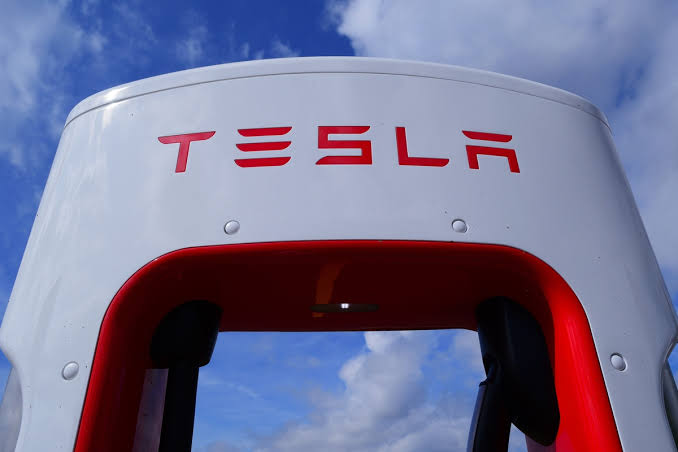In a world where electric vehicles are rapidly redefining the automotive landscape, Tesla has long been at the forefront of innovation and sustainability. However, recent developments indicate that the company’s challenges run much deeper than the so-called “toxic” controversies surrounding its CEO, Elon Musk. While public scrutiny over Musk’s political engagements, polarizing statements, and unconventional management style has undoubtedly intensified, a closer look at Tesla’s current state reveals a complex array of internal and external issues that could affect its long-term prospects.
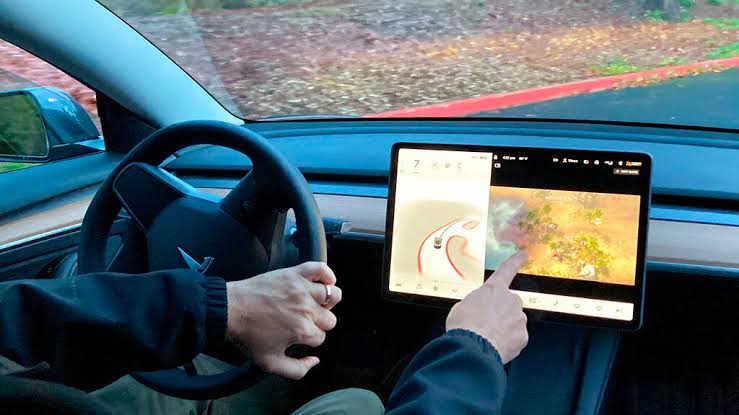
The Double-Edged Sword of Elon Musk’s Leadership
Elon Musk’s name is synonymous with Tesla. Since joining the company in 2004 as a key investor and later assuming the role of CEO, Musk has been the driving force behind Tesla’s meteoric rise. His visionary approach helped transform Tesla from a fledgling start-up into the world’s best-selling electric vehicle (EV) manufacturer. Yet, the very traits that have made Musk a celebrated innovator are now a source of controversy. His forays into politics, most notably his recent role as head of the Department for Government Efficiency (DOGE) and his public criticisms of government employees, have polarized opinions.
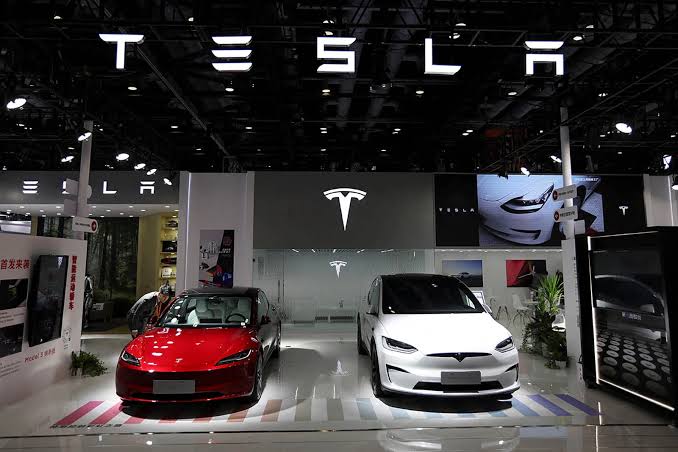
For many loyal Tesla enthusiasts and sustainable business advocates like Ben Kilbey—a staunch supporter who once called his Model Y “an absolute dream”—Musk’s latest actions have triggered a crisis of confidence. Ben’s disapproval of how Musk has handled sensitive government matters, including the firing of US government employees, illustrates a growing sentiment among EV buyers that the company’s leadership may be straying too far from its core values of innovation and sustainability. Critics argue that Musk’s polarizing behavior detracts from Tesla’s mission and risks alienating traditional customers who once admired the brand for its forward-thinking approach.
Beyond Public Controversy: Structural Challenges at Tesla
While Musk’s controversial decisions continue to dominate headlines, the challenges facing Tesla extend far beyond its public image. One significant concern is the stagnation in Tesla’s product lineup. Once regarded as groundbreaking, Tesla’s older models—such as the Model S and Model X—now appear dated in an increasingly competitive market. Although the Model Y and Model 3 have enjoyed considerable success, critics point out that even these models are beginning to lose their edge as other automakers invest heavily in next-generation EV technology.
Traditional car manufacturers like Ford, General Motors, and Toyota, as well as rising Chinese companies such as BYD, Xpeng, and Nio, are rapidly expanding their EV portfolios. The fierce competition is compelling Tesla to constantly innovate, yet some experts argue that the company’s pace of product refreshment has slowed. Recent industry analysis suggests that Tesla’s reluctance—or inability—to launch a truly revolutionary new model may hinder its ability to sustain rapid growth, especially as consumers begin to expect more than incremental improvements.
International Sales and Market Dynamics
Another layer of complexity is added by regional market performance. While Tesla remains the dominant force in the global EV market, sales figures in key regions have recently shown signs of decline. For instance, new vehicle registrations in Europe dropped significantly in early 2025, and shipments of Chinese-made Teslas saw a steep decline. In contrast, certain markets such as the UK have recorded modest gains. This divergence raises questions about Tesla’s ability to adapt to varying regional demands and regulatory environments.
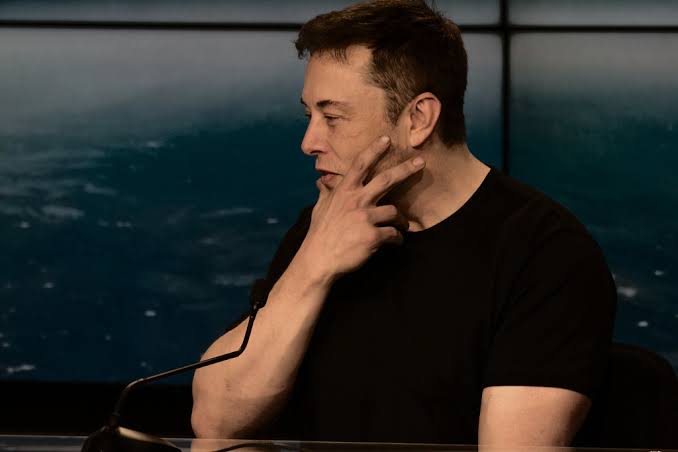
Analysts have observed that Tesla’s issues are not solely related to its product offerings but also to its strategic positioning in diverse markets. In regions where local competitors are aggressively targeting EV buyers with government incentives and subsidized technologies, Tesla may find it challenging to maintain its leadership position. Moreover, regulatory changes and environmental policies in Europe and Asia could further reshape market dynamics, demanding rapid adaptation from Tesla’s operations.
The Role of Technological Innovation and Autonomous Driving
Tesla’s ambitious plans extend beyond the manufacture of electric vehicles. The company has invested heavily in developing autonomous driving systems and energy storage solutions, positioning itself as a leader in the emerging field of driverless technology. Musk’s repeated promises of a fully operational “robotaxi” service have garnered both excitement and skepticism. Although these innovations could revolutionize transportation, the technological hurdles remain formidable.
Critics argue that despite years of development and substantial investment, Tesla’s “Full Self Driving” package is still far from delivering a truly autonomous experience. Drivers are often reminded to remain alert and engaged, which undermines the promise of a fully driverless future. This gap between expectation and reality not only impacts consumer trust but also casts doubt on Tesla’s ability to lead in an increasingly competitive tech-driven market.
Competition: A Growing Challenge from Multiple Fronts
Tesla’s challenges are compounded by the intensifying competition in the EV market. Traditional automotive giants are now pouring billions into electric vehicle research and production. Companies such as Hyundai, Kia, and Volkswagen are not only leveraging their long-standing manufacturing expertise but also rapidly developing new EV models that rival Tesla in performance, safety, and affordability. Furthermore, emerging Chinese brands like BYD are capturing significant market share both domestically and internationally by offering high-performance EVs at competitive prices.
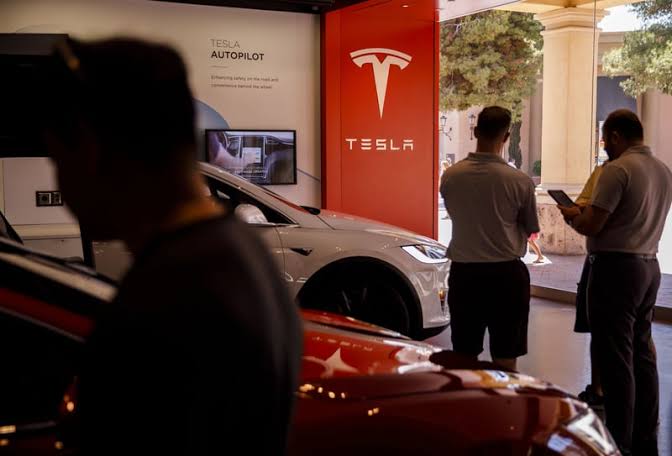
These competitive pressures force Tesla to confront a stark reality: maintaining its market dominance will require more than just a charismatic CEO and groundbreaking technology. The company must invest in research and development, accelerate its product refresh cycles, and ensure that its manufacturing processes remain agile in the face of evolving global demand. Analysts believe that a failure to address these fundamental issues could lead to a gradual erosion of Tesla’s brand equity, regardless of the public controversies surrounding Musk.
The Impact of Corporate Governance and Leadership Transition
Many investors and industry experts are beginning to question whether Tesla’s current leadership structure is sustainable in the long run. With Musk’s involvement in multiple high-profile ventures—ranging from SpaceX and xAI to his contentious political activities—the focus on Tesla’s core mission appears diluted. Some prominent voices in the investment community have even called for a change in leadership, arguing that a new CEO with strong automotive expertise might better steer the company through these turbulent times.
A leadership transition could potentially help Tesla reorient its priorities, focusing more on technological innovation, customer satisfaction, and sustainable growth. Critics contend that such a move would not only mitigate the negative impact of Musk’s polarizing actions but also address internal challenges related to product development and market adaptation. Whether or not Tesla chooses to pursue a leadership change, the debate underscores a critical aspect of the company’s future: effective governance is as vital as technological innovation in maintaining long-term success.
Public Perception and the Road Ahead
The ongoing backlash against Elon Musk is symptomatic of a broader shift in public perception regarding corporate responsibility and ethical leadership. In today’s digital age, consumers are increasingly aware of the social and political stances of the companies they support. For Tesla, this means that its brand image is now intricately linked to both its technological prowess and the personal actions of its CEO. While many loyal customers remain committed to Tesla’s mission of accelerating sustainable energy, a growing number are reassessing their support in light of recent controversies.
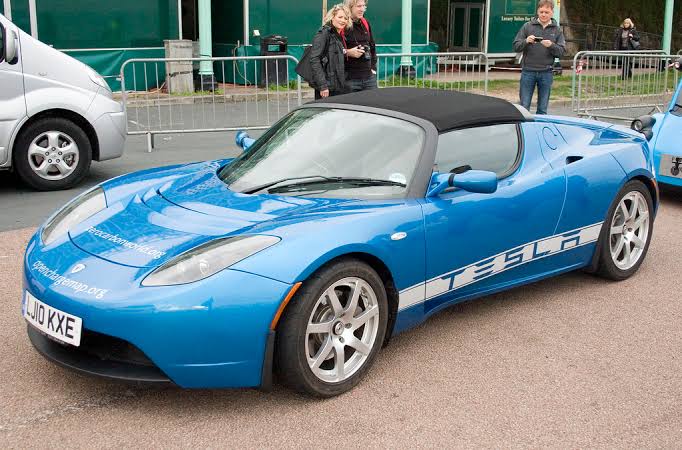
Public protests outside Tesla dealerships, vandalism of showrooms, and widespread social media criticism have created a climate of uncertainty for the brand. Although Tesla continues to enjoy a dedicated following among EV enthusiasts, the negative sentiment may have tangible repercussions on sales and investor confidence. As Tesla grapples with declining market share in certain regions, the interplay between public perception and actual business performance will be a key indicator of its long-term viability.
Addressing the Challenges: Strategic Imperatives for Tesla
Given the multifaceted nature of its challenges, Tesla must adopt a comprehensive strategy that addresses both internal and external pressures. Key strategic imperatives include:
- Renewing the Product Lineup:
To remain competitive, Tesla needs to reinvigorate its range of electric vehicles. This could involve launching new models or significant upgrades to existing ones, ensuring that its offerings remain appealing to a diverse global market. - Enhancing Autonomous Capabilities:
Continued investment in autonomous driving technology is essential. Tesla must bridge the gap between current capabilities and consumer expectations to solidify its position as a leader in the driverless vehicle market. - Strengthening Corporate Governance:
Reassessing leadership roles and considering a potential transition in executive management might help restore investor confidence and refocus the company on its core mission of sustainable innovation. - Expanding Global Market Reach:
Tesla should tailor its strategies to address regional market dynamics, especially in Europe and Asia, where local competition is fierce and government incentives for EVs are robust. - Restoring Public Trust:
Addressing controversies head-on by promoting transparency and ethical practices could help repair Tesla’s public image. Clear communication about the company’s long-term vision and its commitment to sustainability may persuade hesitant consumers to remain loyal. - Investing in Customer Experience:
Enhancing after-sales service, improving charging infrastructure, and ensuring a seamless user experience are critical steps to differentiate Tesla from its competitors.
Conclusion: A Pivotal Moment for Tesla
Tesla’s current predicament is a confluence of factors—ranging from public controversies surrounding Elon Musk to more fundamental issues such as product stagnation and fierce market competition. While the “toxic” behavior of its high-profile CEO has certainly attracted negative attention, it is clear that Tesla’s challenges run much deeper. To secure its future, Tesla must navigate a complex landscape of technological innovation, market dynamics, and evolving consumer expectations.
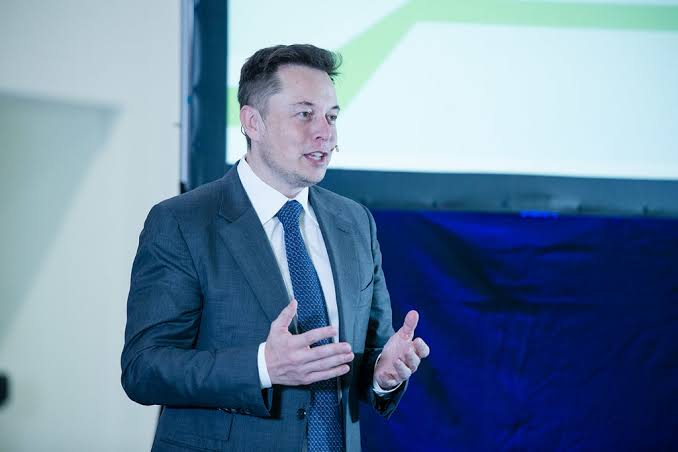
The road ahead will not be easy. As Tesla confronts the realities of a rapidly changing global market, the company’s ability to adapt and innovate will be critical. Whether through renewed leadership, a refreshed product lineup, or a renewed commitment to ethical corporate practices, Tesla must find a way to balance its pioneering spirit with the demands of a mature and highly competitive industry.
In the final analysis, Tesla’s fate will be determined not solely by the controversies of its past but by its capacity to transform challenges into opportunities. As the world increasingly embraces sustainable energy and electric mobility, Tesla has a unique opportunity to redefine its legacy. For investors, consumers, and industry watchers alike, the next few years will be pivotal in determining whether Tesla can continue to lead the EV revolution or if it will become a cautionary tale of unbridled ambition and missed opportunities.






